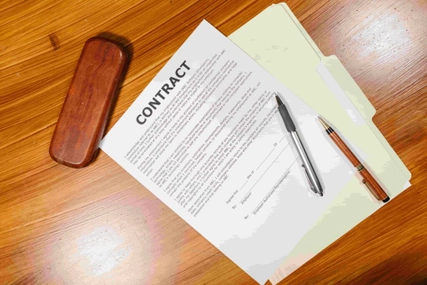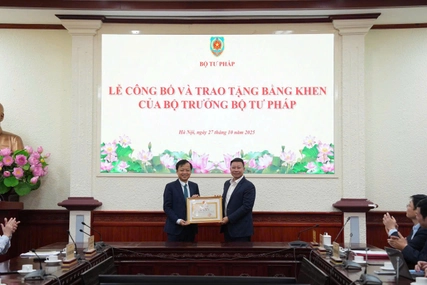Online e-commerce platforms have revolutionized the way we shop, offering convenience and a broader selection of goods. However, this digital transformation has also brought significant challenges for Intellectual Property Rights (IPR) holders who aim to control the proliferation of counterfeit products. Online sellers of fraudulent goods employ a very wide range of deception tricks in their online stores to outsmart the consumers, so as to maximize their ill-gotten gain.
At KENFOX, our attorneys have joined forces with Vietnamese enforcement authorities to tackle these unethical practices head-on. Through collaboration with Vietnamese enforcement authorities, our attorneys from KENFOX have dealt with various deceptive practices in their online stores. In our efforts to better equip online consumers with knowledge to minimize risks associated with their online shopping, we provide you with 8 common tricks employed by online sellers in Vietnam.
1. Misleading product images: Fraudulent online sellers often use beautiful and high-quality images to make their products appear better than they actually are. These images can be misleading and may not accurately represent the actual product. In other ways, they use product descriptions and images that, in actual sense, do not portray the product on sale. This may even be pictures of a genuine product presented beautifully, but then they deliver a counterfeit or inferior quality item to consumers
2. Fake reviews and ratings: Sellers create fake accounts or pay for positive reviews and ratings. Fraud sellers post fake reviews to give the impression of reliability and positive customer experience regarding their products.
3. Counterfeit tracking numbers: Fraudulent online sellers may provide customers with tracking numbers for some shipments that do not even exist or, worse, are unrelated to what has been ordered. This is a tactic to delay the discovery of the scam, giving the seller enough time to take off.

4. Ghost selling: Fraudulent sellers create temporary online stores to list products they neither possess nor plan to ship. After making sales, these sellers quickly collect the payment and vanish before buyers discover the scam.
5. Price manipulation: Some sellers artificially inflate the original price of a product to make the discounted price seem more appealing, with an objective to attract the customer, so he feels he is getting a very good bargain while actually, the products are either fake or never get delivered.
6. Phishing and fake websites: Fraudsters send phishing links via messages or emails, claiming to be from the online store. These links lead to fake websites where users are asked to provide personal information or payment details.
7. Changing store names: Sometimes the store name is changed so often to a point that it cannot be detected, both by the platform or the customers.
8. Hiding the seller’s identity: E-commerce platforms enable sellers to operate with a degree of anonymity. It's easier for counterfeit sellers to hide their real identities and locations, making it challenging for IPR holders to track them down and hold them accountable.
Final thoughts
To combat these challenges, IPR holders should employ various strategies, including investing in technology to detect counterfeit listings, working closely with e-commerce platforms to improve enforcement mechanisms, and educating consumers about the risks of buying counterfeit goods. However, the fight against online counterfeits requires continuous effort and innovation as counterfeiters constantly adapt their methods.










